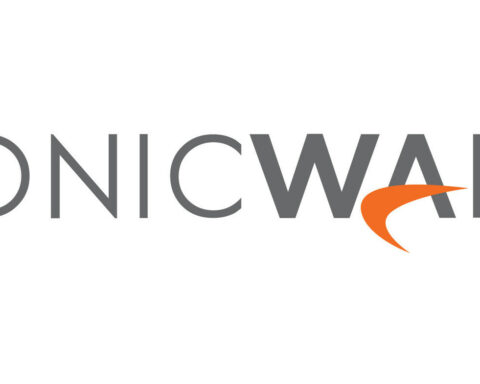Today reality is that cybercriminals are all the time trying to hack into organizations’ and individuals’ devices and steal crucial information and data.
The proof is in the numbers. According to the widely quoted Mid-Year Update for the 2021 SonicWall Cyber Threat Report, ransomware attacks rose to 304.6 million in 2020, up 62% over 2019. Some of the increase occurred as more of the U.S. workforce started working from home due to the pandemic. There were also 226.3 million ransomware attacks through May of this year, up 116% year to date over last year.
Some people may choose to ignore the advice and throw caution to the wind. If they’re lucky, it’ll be a minor inconvenience, and their anti-virus software will stop the malware before it can cause serious damage. However, if they’re among the growing thousands of victims each year, hackers will force them to pay a ransom for their precious data or steal their identity or worse.
One hack of a single individual can lead to a cascade of hacks and much larger problems. For instance, hackers can break into your personal computer without you knowing it, add malware to one of your devices that unpacks wherever you go, bypassing firewalls and other security, straight into your home network, friend’s home, the library, and your workplace.
A “cybersecure mindset” protects you, your devices, and your data and everywhere you connect your devices. So, when we say, “Be Cyber Smart and Lock It Down,” what we mean is taking personal responsibility for not only how you connect but also actions you take to keep yourself secure.
Some action points that everyone can use to help step up:
PROTECT yourself
Start with passwords: lockdown your devices, software, and information with strong passwords that protect you from becoming an easy hack. There are some basic rules for good passwords. The first is the length – a minimum of 12 characters, with a mix of uppercase and lowercase letters. You should also have numbers and symbols (ex: @ # $). Check with your platform; they may have specific requirements like the length and number, and type of symbols. One very important rule: ensure that your password is unique. Avoid obvious hooks, like your address, recognizable names, dates, and phone numbers. Avoid any information that someone may learn by reading your social media profiles. The second is: USE YOUR PASSWORDS and turn on two-step verification wherever you can.
PROTECT all personal identifications
Privacy is a matter of personal choice. We want to open some things for the sake of convenience (shopping and health apps, for instance). However, the privacy settings you set on your devices and apps could also open you up to hacks. Being “smart” about your cybersecurity means knowing how hackers attack devices and steal information from open apps. Security experts recommend that you set your privacy settings based on the actual need for specific tasks. For instance, change your privacy settings when conditions change, like when traveling or using public networks (e.g., coffee shop Wi-Fi, more on that later).
PROTECT important data
Maybe it seems obvious, but your data (photos, reports, accounting, proprietary documents) are your most vulnerable possessions. We also want to take extra care of our social security numbers, bank accounts, and credit card numbers. And all of that is at risk when we leave it in open apps (no password) or send it on unencrypted emails. So please keep it safe and LOCK IT DOWN! And be very wary of phishing campaigns. Hackers use any means they can to break into your devices and network. For example, they’ll spoof organizations you trust, friends, family members, co-workers, or even your boss. Phishing messages can come by email or phone text. Some of these messages look very authentic. We’ll go into more detail about how to detect phishing messages in another post, but you can make a personal policy to never share private information via email or text with anyone.
PROTECT all devices in use
If you didn’t know already, public Wi-Fi hotspots are not secure. Unfortunately, that means the public hotspots at your favorite coffee shop, restaurants, shopping malls, libraries, and especially airports. With minimal knowledge and equipment, hackers can scan unencrypted data streams that contain passwords and account information that you send and receive. Several years ago, scammers took it further and created elaborate spoof Wi-Fi networks with name and branding marks similar to what people expected.
However, there are several things you can do to lock it down:
- Turn off the Wi-Fi auto-connect feature on your devices. Turn it back on when you need it and choose the networks you want to use
- Use secure wireless networks that have WPA or WPA2 password protection. Unfortunately, these are uncommon for places like the local coffee shop or the airport, so they may be challenging to find
- Install mobile security software with malware and virus detection for laptops, pads, and phones. You may also install a VPN (a virtual private network) that encrypts your data stream even if the Wi-Fi network does not.
The above article is authored by Debasish Mukherjee, Vice President, Regional Sales APAC at SonicWall Inc.






